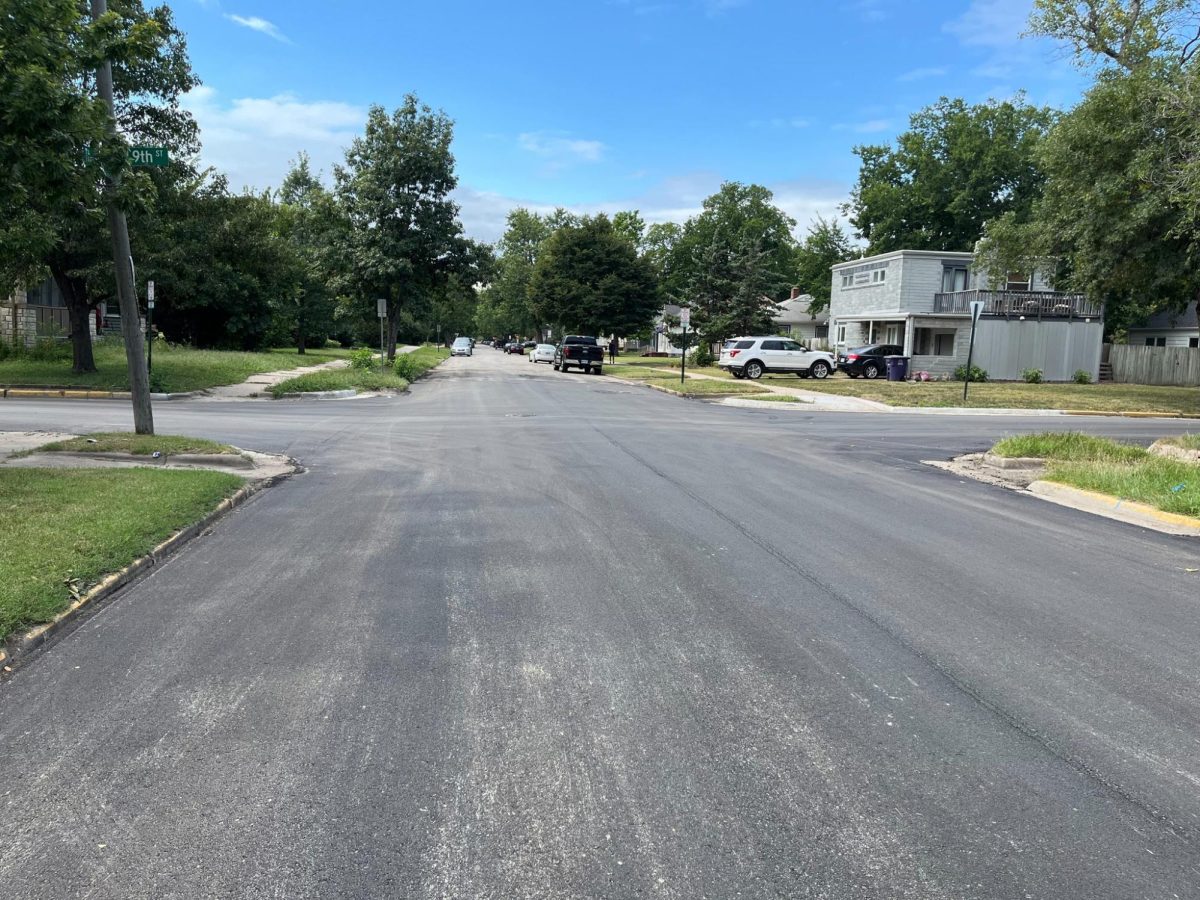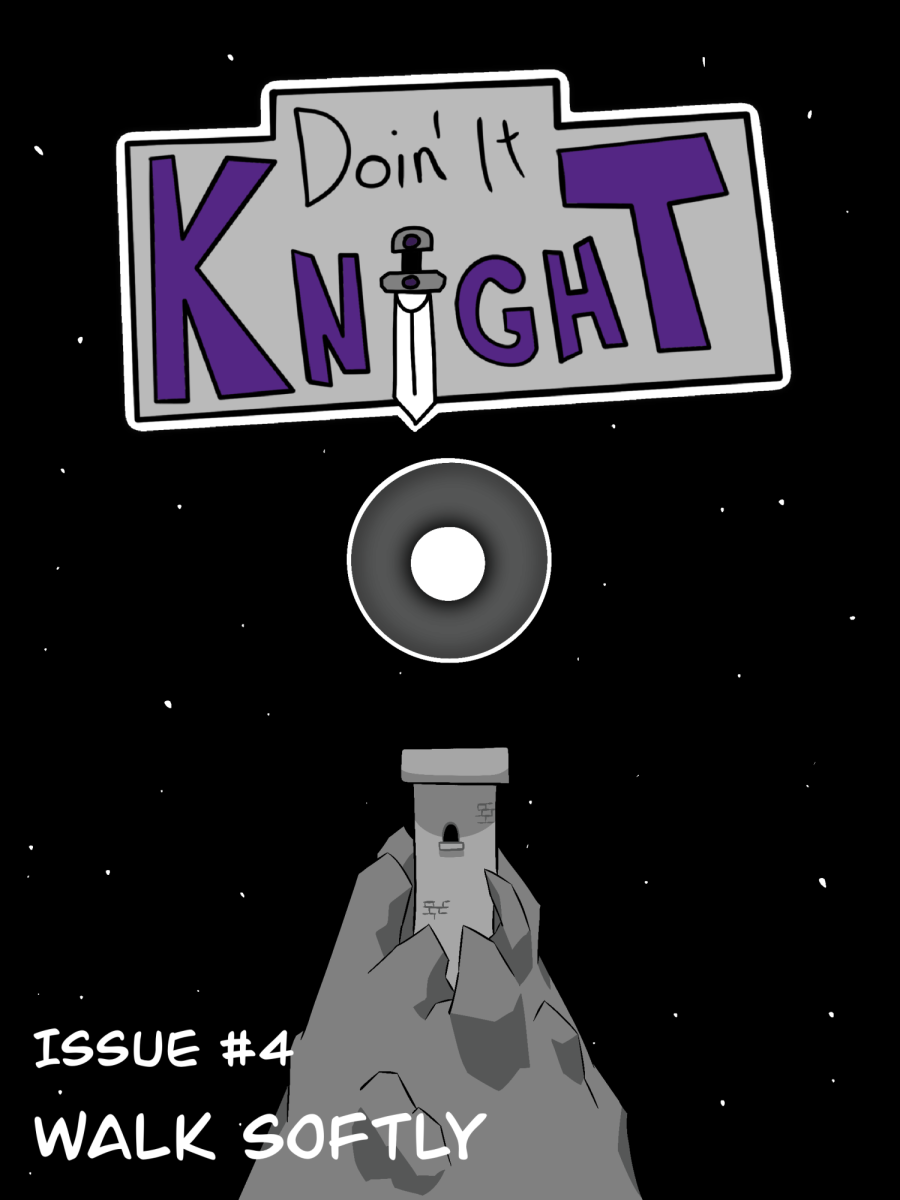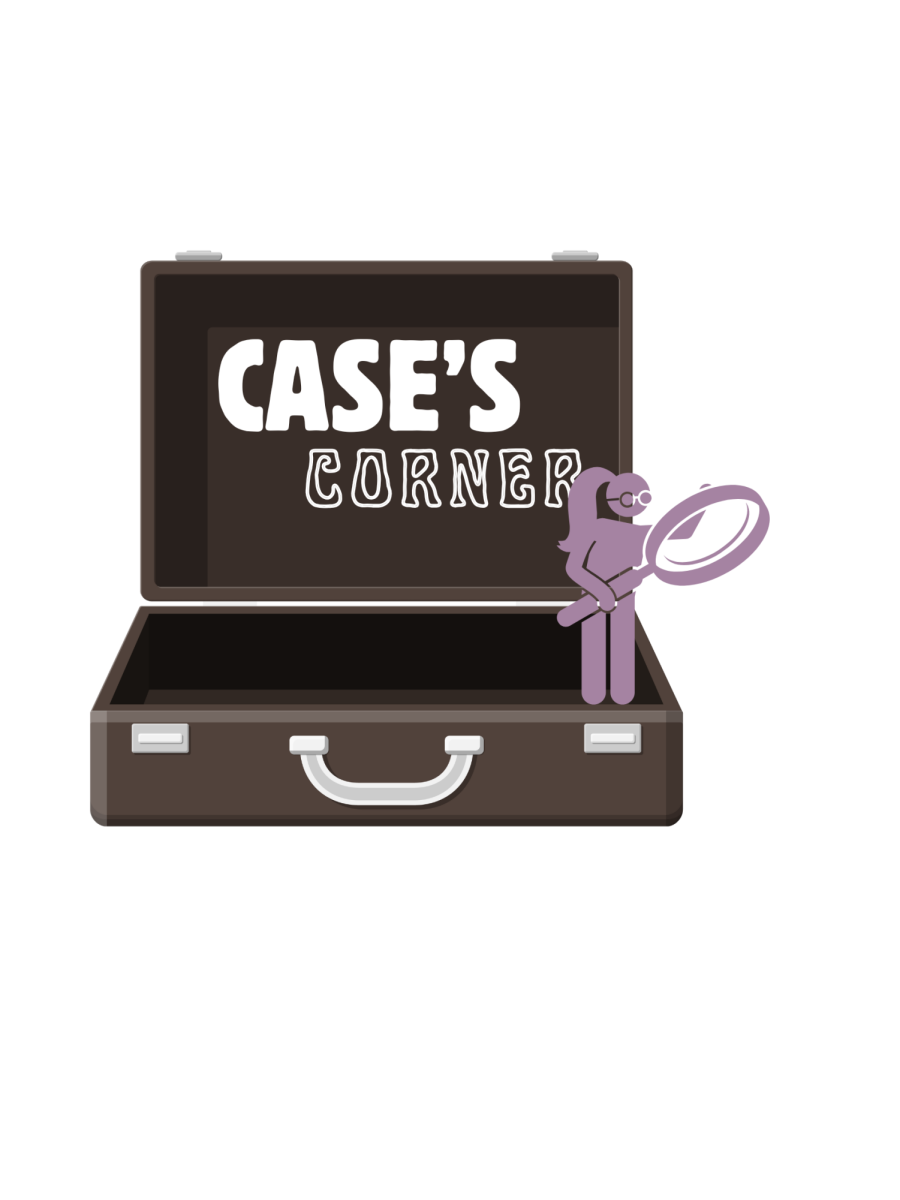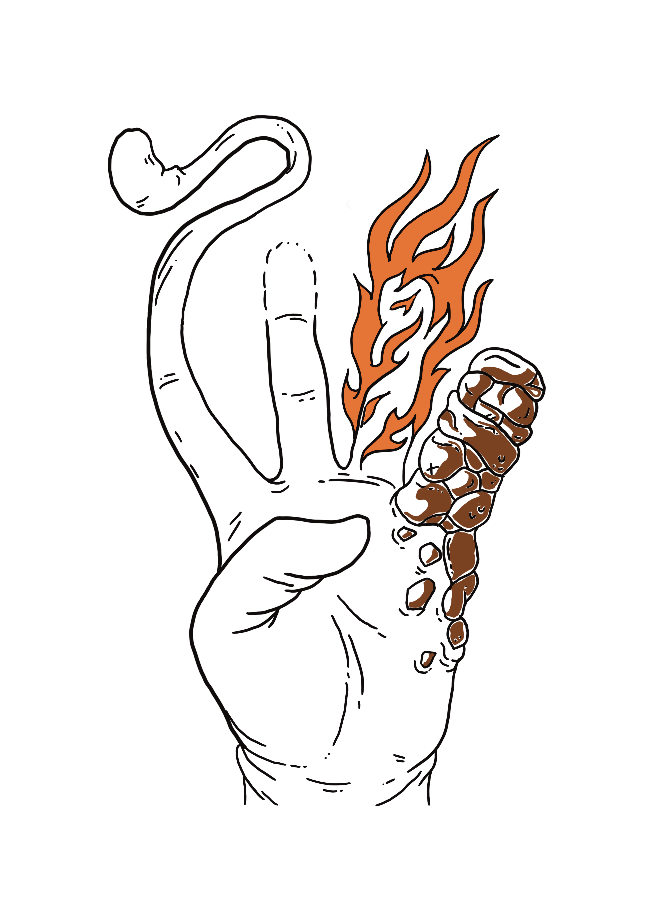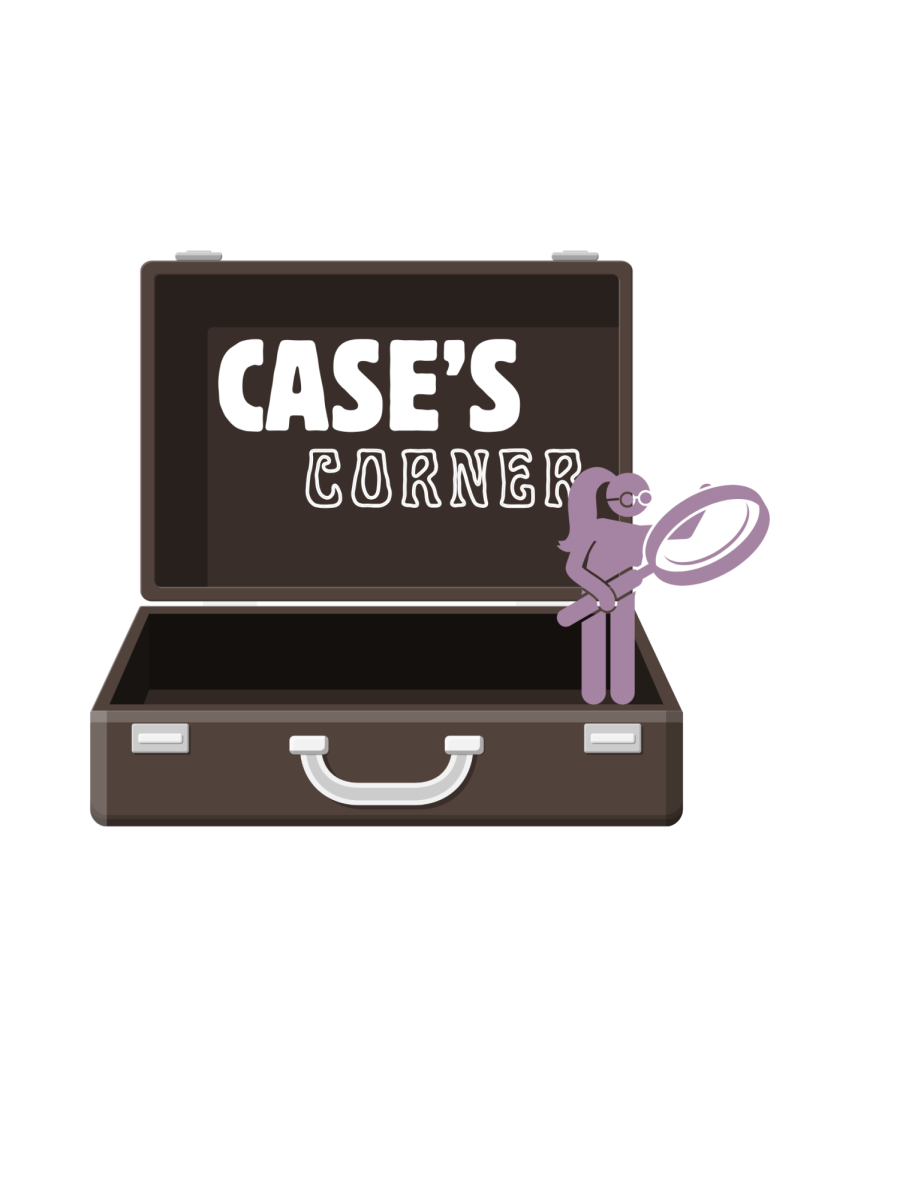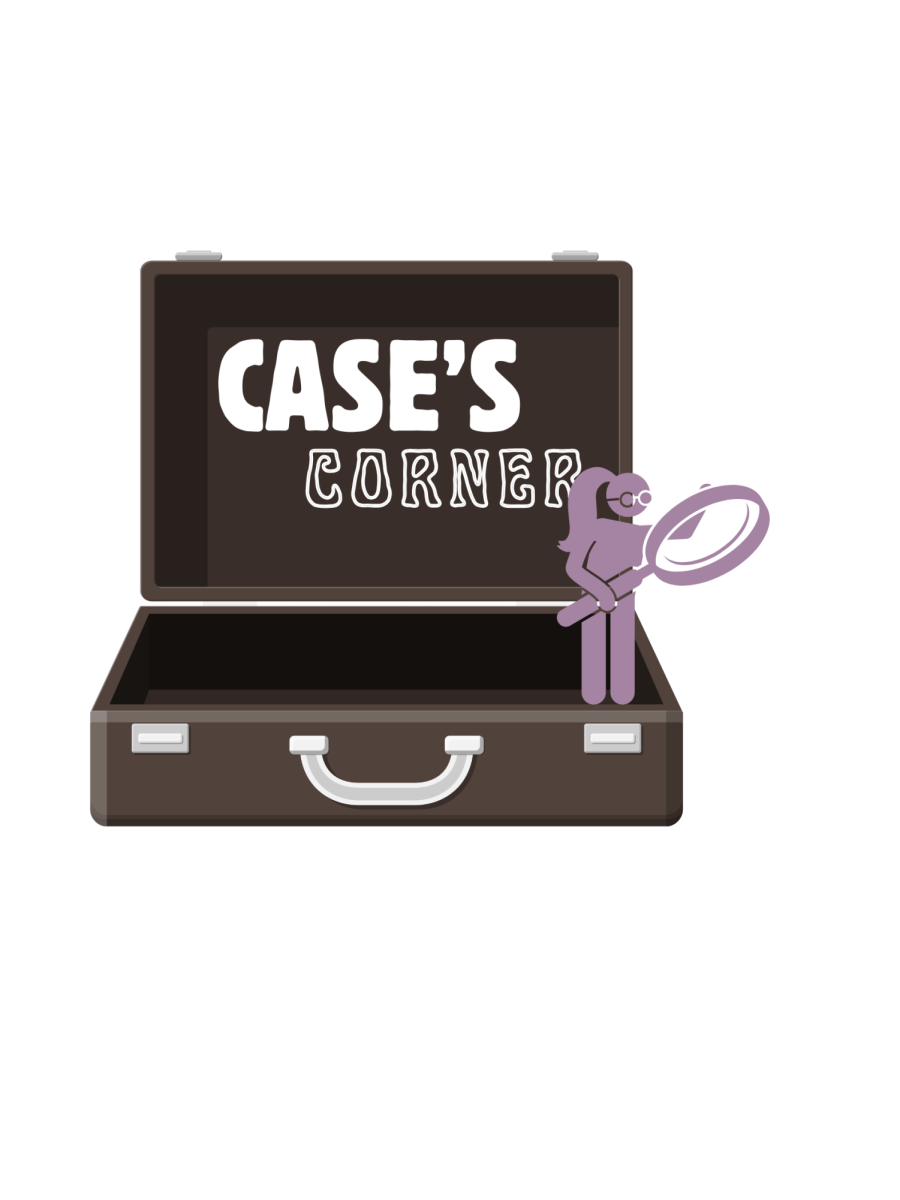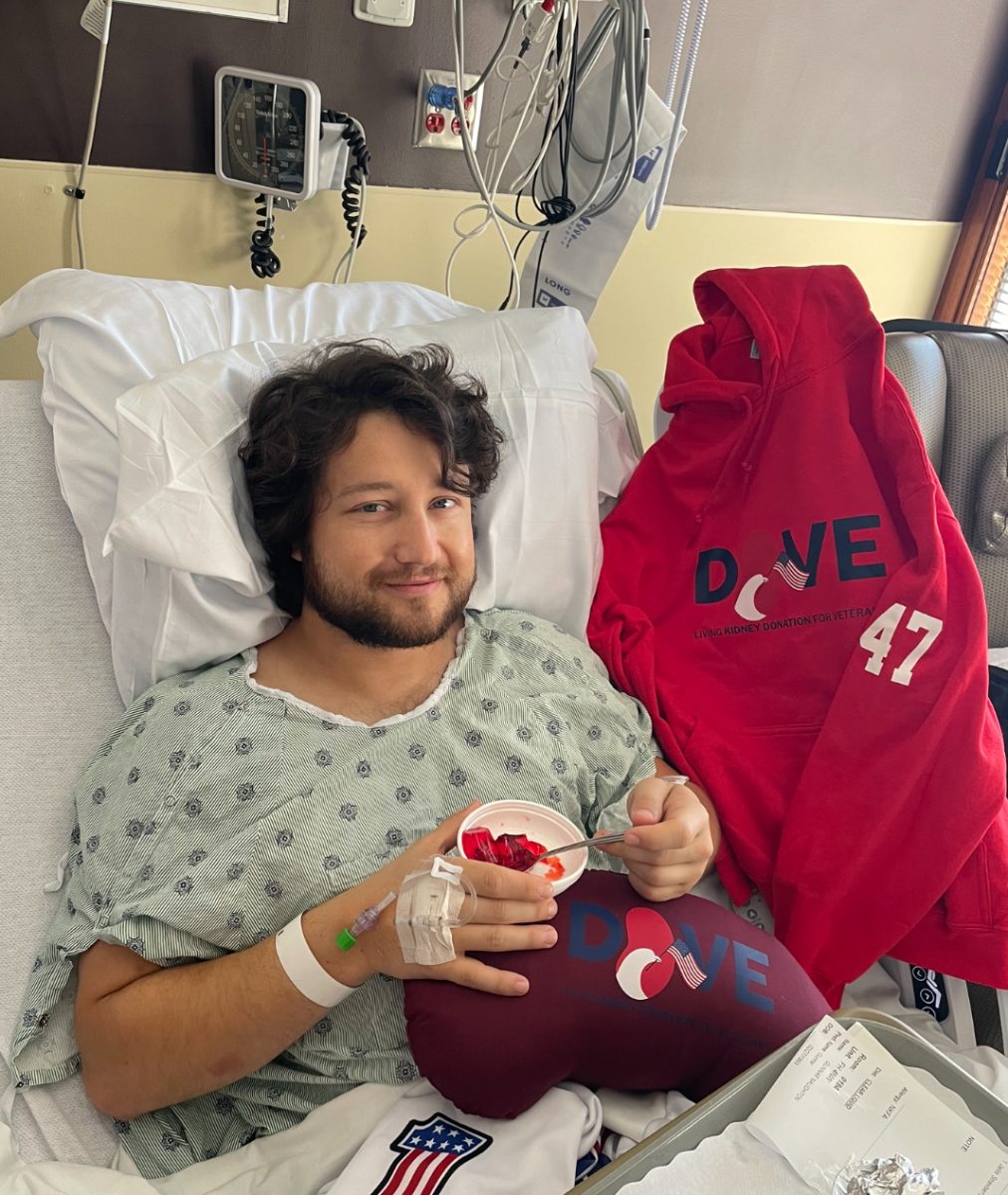Key Takeaways
- Minor injuries may have delayed or hidden symptoms that worsen over time.
- Immediate and thorough documentation—both medical and otherwise—bolsters any legal claim.
- Understanding your legal rights and available remedies is vital to protecting your interests after an accident.
Accidents are part of daily life, often occurring when least expected—whether it’s a slip on a wet floor or a seemingly minor car collision. While these events may initially appear trivial, they can have ripple effects that sometimes escalate into major legal concerns, catching individuals off guard. Proactively addressing the repercussions of accidents is key. Consulting an injury attorney early can make a significant difference in securing your rights and preventing potential complications down the line.
Leaving injuries unaddressed or undocumented can undermine potential claims for rightful compensation. In some cases, what starts as a sore back or mild headache can develop into chronic pain or long-term health issues, leading to disputes with insurers or liable parties. Awareness, preparation, and swift action make a crucial difference in the legal outcomes of what first seem like harmless mishaps.
Delayed Symptoms and Hidden Injuries
Some injuries linger below the surface and don’t present immediate symptoms. Conditions such as mild traumatic brain injuries, ligament strains, or internal bleeding can take days or even weeks to manifest. Delayed symptoms not only prolong suffering but also complicate any effort to connect the injury to the incident that caused it. This challenge is common in both car accidents and home mishaps. Insurance providers often dispute claims on these grounds, creating hurdles for those genuinely in need of support. According to the Mayo Clinic, whiplash symptoms, for example, might take a few days to become apparent—underscoring the importance of seeking care and documenting injuries even after seemingly minor accidents.
Common Household Accidents with Legal Implications
Typical household tasks can sometimes lead to unexpected injuries. Opening rigid packaging, handling kitchen tools, or navigating cluttered spaces can lead to lacerations, falls, eye injuries, or even more severe injuries. The rise of “wrap rage”—injuries from plastic clamshell packaging—highlights how everyday products can pose hidden dangers. According to the Consumer Product Safety Commission, thousands of people suffer packaging-related injuries each year, with some resulting in costly medical bills and even product liability lawsuits against manufacturers who neglect adequate design or warning labels.
Recreational Activities and Injury Risks
Physical activity is vital for wellness, but it’s not without risk. Sports, biking, skateboarding, and home trampolines all come with the potential for significant injury if proper safety standards aren’t maintained. For instance, trampoline-related accidents accounted for an estimated 800,000 emergency room visits between 2009 and 2018, many involving children. Sometimes, these incidents are aggravated by equipment defects or inadequate safety information. In such cases, legal action against a negligent manufacturer or property owner may be necessary to cover extensive medical costs and prevent further harm to others.
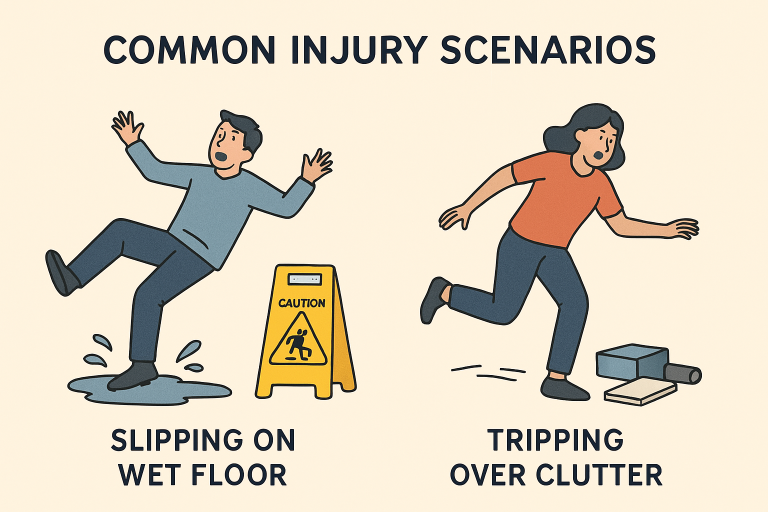
Workplace Incidents and Employee Rights
Accidents at work remain a crucial area where legal and medical interests intersect. In the U.S. alone, there were more than 5,000 fatal workplace injuries reported in 2023, with thousands more resulting in temporary or permanent disability. Workers harmed by unsafe conditions, faulty equipment, or lack of protective training have specific legal rights. Workers’ compensation programs exist to cover lost wages and care, but navigating the claims process can be daunting. Readily documenting the accident and seeking prompt medical help is essential not just for recovery but also to preserve evidence for any future legal action.
The Importance of Medical Documentation
After any injury, an immediate medical evaluation creates a critical record that links the event to its physical effects. Proper documentation includes physician notes, diagnostic images, medication prescriptions, and rehabilitation records. This evidence can be indispensable for negotiating with insurance companies or prevailing in court. Skipping medical care or failing to document the injury can significantly weaken a legal case, especially if symptoms persist or intensify over time. Proper records serve as the backbone of any legal claim related to personal injury.
When to Consult a Personal Injury Lawyer
If your injury results in extensive medical expenses, lost income, or any degree of long-term impairment, consulting a personal injury lawyer should be a top priority. A skilled attorney can evaluate the merits of your case, negotiate with insurers on your behalf, and gather the specific evidence needed for successful legal action. Legal experts are adept at determining liability, whether it lies with a manufacturer, property owner, employer, or another party, and can guide injured individuals through every phase of the recovery and claim process.
Conclusion
No injury should be dismissed as insignificant—especially when minor accidents can result in serious or chronic complications. Acting swiftly by seeking medical attention, documenting every detail, and understanding your legal options is indispensable for your long-term well-being. Awareness, preparation, and the guidance of experienced professionals can transform a stressful situation into an opportunity to recover and secure fair compensation.



















